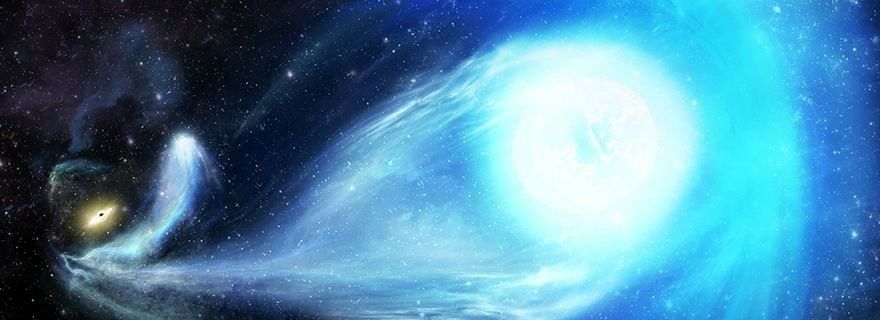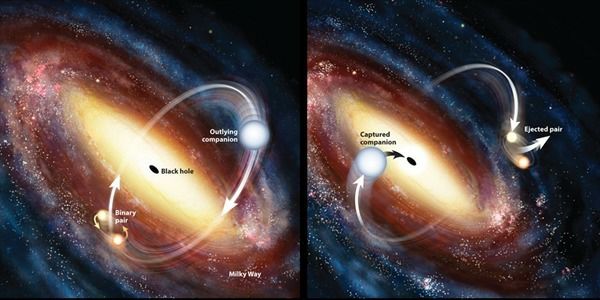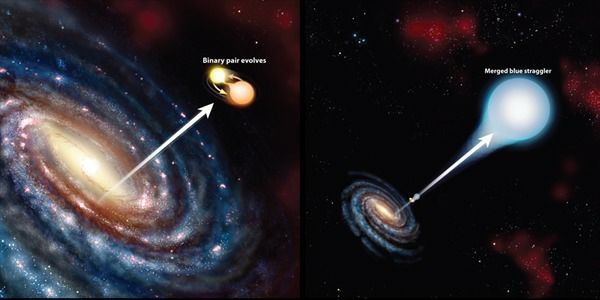Hypervelocity Stars Teach us About Black Holes and Supernovae
Hypervelocity stars, or stars that are traveling at incredibly high speeds through our galaxy, offer valuable insights into the mysteries of black holes and supernovae. These stars are able to reach such extreme velocities due to gravitational interactions with massive objects, such as black holes or supernovae explosions.
By studying the properties of hypervelocity stars, astronomers are able to gain a better understanding of the gravitational forces at work in our galaxy. This is particularly valuable when it comes to studying black holes, which are known to have a profound impact on the surrounding stars and matter.
In fact, the discovery of hypervelocity stars has provided astronomers with evidence of the existence of intermediate-mass black holes, which are smaller than supermassive black holes but larger than stellar black holes. These elusive objects have been difficult to study, but the discovery of hypervelocity stars suggests that they may be more common than previously thought.
Additionally, the study of hypervelocity stars has also shed light on the nature of supernovae explosions, which occur when a star runs out of fuel and collapses in on itself. The resulting explosion can release more energy in a few seconds than the sun will in its entire lifetime.
Hypervelocity stars have been found to have originated from binary star systems, in which two stars orbit around a common center of mass. When one of these stars goes supernova, it can send the other star hurtling through space at incredible speeds, resulting in a hypervelocity star.
In conclusion, hypervelocity stars offer a valuable window into the workings of our galaxy, particularly when it comes to the study of black holes and supernovae. By analyzing the properties and origins of these stars, astronomers can gain a deeper understanding of the gravitational forces at work in the universe and the complex interactions between stars and other massive objects. As technology and observational techniques continue to advance, we can expect to learn even more about these fascinating celestial objects and the mysteries they hold.
Hits: 64









